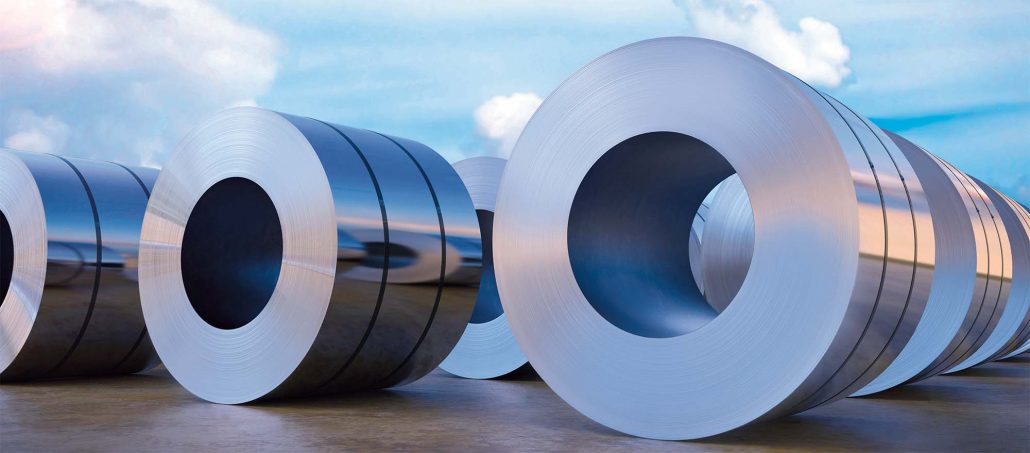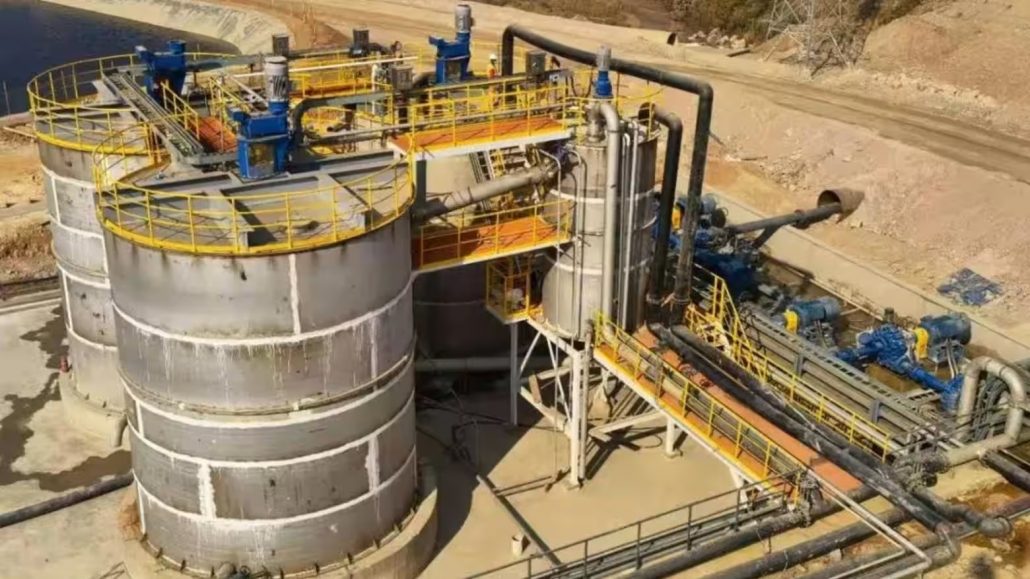
European Commission Extends Steel Safeguard Measures
The European Commission has announced a significant policy update, extending steel safeguard measures by two years, now set to expire in June 2026. This decision, made public on June 25, 2024, follows an in-depth investigation prompted by 14 EU member states, highlighting the necessity of these measures to prevent serious harm to the EU steel industry.
Reasons for Extension
The investigation identified several key factors contributing to continued import pressure on the EU market. These include persistently high global steel production capacity, increased exports from China to third countries (particularly in Asia), and the growing use of trade defense and restrictive measures by other countries. Additionally, a significant drop in steel demand within the EU has further strained the market.
Safeguard Measures Overview
The EU’s safeguard measures, initially introduced in July 2018 in response to the US Section 232 tariffs on steel, involve tariff-rate quotas (TRQs). These quotas allow a certain volume of steel imports at lower tariff rates, with a 25% duty applied to imports exceeding those quotas. The recent extension includes technical adjustments to better align the measures with current market conditions, effective from July 1, 2024.
UK Extends Steel Safeguard Measures
Similarly, the UK government has extended its steel safeguard measures until June 30, 2026. This decision, approved by the UK Secretary of State for Business and Trade on June 26, 2024, was based on the recommendations of the Trade Remedies Authority (TRA). Facing similar global pressures and market imbalances, the UK steel industry welcomed this extension as essential for its protection.
Importance of Safeguard Measures
Industry experts emphasize the importance of these measures in maintaining stability in the EU and UK steel markets. They argue that the measures help mitigate global overcapacity and redirect trade flows, providing much-needed protection to domestic producers.
In conclusion, the EU and the UK have taken significant steps to safeguard their steel industries from ongoing global market pressures, ensuring stability and protection in the near future.








Leave a Reply
You must be logged in to post a comment.